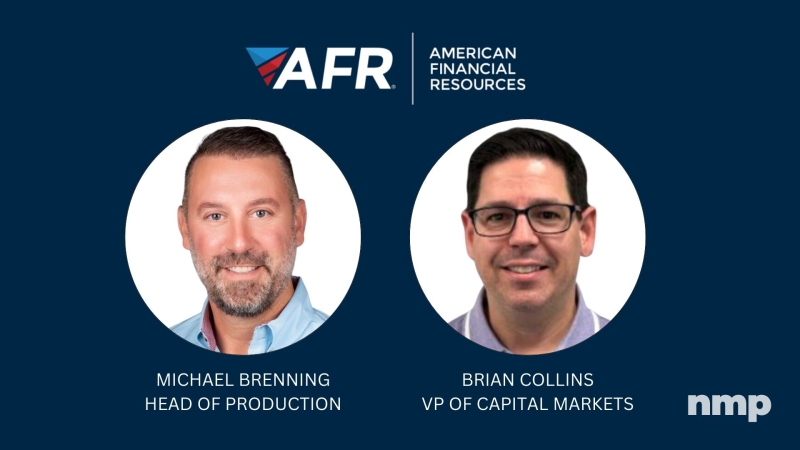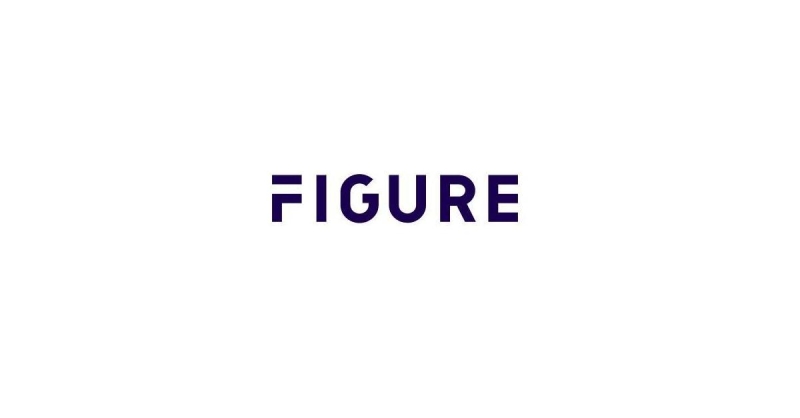Advertisement
How to increase your business by building client relationships
Understanding the FedGibran Nicholasinterest rates, discount rate, fed funds rate, London Interbank Offered Rate, prime rate
With all the headlines screaming "Credit crisis!" and "Mortgage
meltdown!," what is the Federal Reserve doing
about the situation? Are they doing enough? Should they be doing
more?
Well, the Fed is doing something; we just need to understand
exactly what they are doing. In doing so, it is helpful to
understand the four major interest rates that are affected by the
Fed:
Discount rate
The discount rate is the interest rate that banks pay when they
borrow money directly from the Fed. The rate has been largely
symbolic in the past because banks prefer to get short-term
financing by:
•Borrowing money from other financial institutions using
the federal funds rate (as illustrated below). In most cases, this
rate is also better than the discount rate offered by the
Fed;
•Borrowing money using the Fed's new Term Auction Facility,
which allows banks to bid anonymously on what interest rate they
want to pay when they want to borrow money from the Fed; or
•Borrowing money using the Fed's new Term Securities Lending
Facility—where the Fed lends money directly to non-depository
financial institutions like brokerage firms and investment banks,
allowing them to use non-Fannie
Mae and Freddie Mac
mortgage bonds and other less liquid securities as collateral.
Fed funds rate
This is the interest rate that banks pay when they borrow money
from each other here in the U.S. This rate is also determined by
the Fed because banks in the U.S. are part of the Federal Reserve
System. You see, the Fed's primary role is to maintain "monetary
stability" by keeping a close eye on the flow of money throughout
the economy. One way they do this is by regulating the interest
rates that banks charge each other for short-term funds.
LIBOR rate
The London Interbank Offered Rate (LIBOR) is the interest rate that
banks pay when they borrow money from other banks anywhere in the
world (primarily in the international wholesale money market based
in London). There are various types of LIBOR rates, including the
one-week LIBOR, one-month LIBOR, six-month LIBOR and one-year
LIBOR; these are the rates banks would pay if they want to borrow
funds for one week, one month, six months, etc. Although the LIBOR
rates are determined by the financial markets at any given time,
they are very closely related to the Fed in that the LIBOR most
often changes when the market anticipates that the Fed will change
their rate. The LIBOR is the base rate that is used on most
adjustable-rate mortgages (ARMs) in the U.S. and large
corporate/commercial loans. The reason a LIBOR is used most often
for U.S. ARMs is because it is really the most accurate measure of
a bank's cost of borrowing funds, since most banks do business
internationally these days.
Prime rate
The Fed's funds rate plus three; this is the base rate that is used
for most consumer loans, such as credit cards and home equity lines
of credit, as well as most small business loans. Like the LIBOR,
the prime rate is also related to the Fed's funds rate.
As the Fed lowers its funds rate, the business- and
consumer-based interest rates of LIBOR and prime will also go
decrease as illustrated above. The Fed would be reluctant to
continue lowering rates if they feel that businesses and consumers
would start borrowing and spending so much money that inflation
will go up significantly.
It would be reckless of them to artificially encourage too much
borrowing and spending, as this would only artificially drive up
asset prices and cause money to lose its purchasing power. This
phenomenon is known as "inflation."
How does the Fed impact mortgage rates?
Home equity lines of credit (HELOCs), based on prime rates or
short-term ARMs based on LIBOR, are directly affected by the Fed,
as illustrated above. However, fixed-rate loans and intermediate
term ARMs with a fixed period of three, five, seven or 10 years are
not directly related to the Fed. Instead, these rates are tied to
the mortgage-backed securities that trade on the bond market. These
rates will be affected by financial market conditions and the
economic reports that mortgage bond investors utilize when
evaluating their investment decisions.
What has the Fed done to help solve the financial market
turmoil?
In response to the current credit crisis, the Fed has:
•Lowered the discount rate to 2.25 percent from 6.25
percent;
•Lowered its funds rate to two percent from 5.25
percent;
•Created a temporary Term Auction Facility that is
successfully injecting approximately $100 billion per month in
short-term financing into the banking system; and
•Created a temporary Term Securities Lending Facility and
effectively opened its doors to non-depository financial
institutions to borrow money directly from the Fed while allowing
less-liquid assets to be used as collateral for these loans.
The role of Fed is likely to expand even further in the weeks
and months to come. It is now more important than ever to educate
yourself on the financial mechanics of our industry. Only then can
you adequately decipher market conditions, differentiate yourself
from the competition, and help your clients and referral partners
make informed financial decisions in today's volatile market.
Gibran Nicholas is the founder and chairman of the CMPS Institute, which
administers the Certified Mortgage Planning Specialist (CMPS)
designation. He may be reached through his companys Web site at www.cmpsinstitute.org.
About the author




